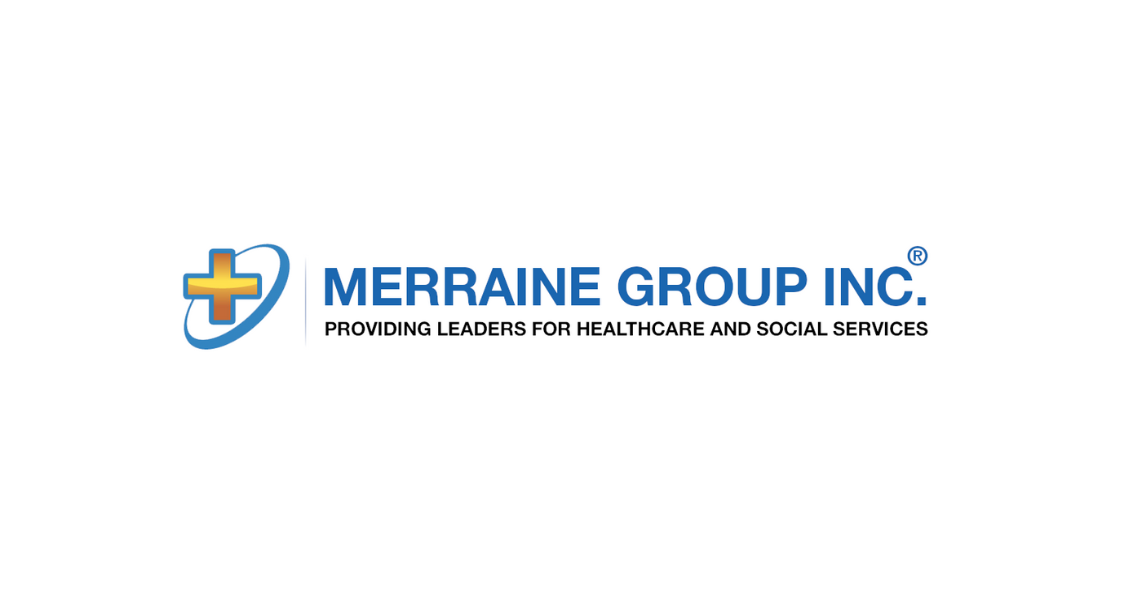12 New Year’s Resolutions for Healthcare Systems

As the great Prime Minister Winston Churchill, once said, “It is always wise to look ahead, but difficult to look further than you can see.” Churchill’s quote can be relevant to health facilities or health systems, as the year draws to a close and they begin ‘taking stock’ and seeing actions or decisions made, retrospectively. The second part of the quote reminds us that none of us have the power to anticipate everything, only the ability to do what is within our capacity. Below is a list of 12 ‘resolutions’, or focus areas, that healthcare administrators may wish to address in the coming year.

One of the current shifts in the healthcare arena is a new focus on quality of service over volume of healthcare services offered. Consumers looking for quality care are now turning their attention to agencies such as Leapfrog, or Healthgrades. These agencies provide analytics enabling the consumers to make careful and specific choices.
One example of a health system that has taken the initiative is Lehigh Valley. In partnership with a marketing company called Evariant, they developed a multi channeled marketing tool, similar to a CRM. This marketing tool helps the health system gather data from EHR systems combined with demographic data. This has given this healthcare provider an improved insight in order to market and drive their service lines to better meet the needs of their patients.
2.) Physicians, ‘Embrace the value model!’
Robert Pearl, M.D., CEO of The Permanente Medical Group, argues that practice owners need to embrace a more value based model. Pearl insists that physicians focusing on providing a superior level of service, rather than those who search for ways to extend the provision of their services are more likely to be rewarded. He contends that medical care providers need to make the most of 21st century technology such as digital photography, video and mobile to bring that value to the patient.
3.) Build relationships with patients and their families
This resolution may seem like a simple one to make, but as findings from the NHQDR show, health systems who have strong relationships with patients and their family are likely to reap benefits such as:
- Lowering operational costs
- Improving employee retention
- Reducing the patients length of stay
(https://www.hsph.harvard.edu/ecpe/an-update-on-united-states-healthcare-quality-improvement-efforts/)
4.) Organizational health and fitness tracking – Get into it
Today, for many organizations, the focus is on employee productivity. Due to a rise in the cost of healthcare insurance premiums, ways of providing coverage that are defined by cost effectiveness are likely to become a priority for many companies. In doing so, some organizations may even think of sponsoring wearable fitness tracking devices by 2017 that track levels of employee health and fitness to measure productivity.
5.) Further the use of electronic recording technology
Healthcare research shows that those health systems who, in the last year, have used electronic medical records (EHRs), improved care coordination and discharge processes. In fact, this impact influenced Medicare Medicaid Services (CMS) to utilize the Medicare and Medicaid Electronic Health Record Incentive Programs which offer financial motivators for employing certified electronic health record technology.
(https://www.hsph.harvard.edu/ecpe/an-update-on-united-states-healthcare-quality-improvement-efforts/)
6.) Hospitals: ‘Why not change to a 7 day week?’
One of the problems with the current reimbursement model, identified by Robert Pearl, M.D., is that hospitals are ‘paid by the day and by the procedure’. So the longer hospitals can keep patients, and the more tests performed, the more money hospitals make. This is not necessarily in the best interest of patients needing a non-life threatening procedure. Under the current conditions, patients admitted on a Friday night, will need to spend the entire weekend waiting until Monday to be treated. Pearl suggests healthcare leaders should extend the week to a seven day week, which will facilitate improved quality outcomes.

One of the most contentious points in healthcare, is the lack of control over drug companies, who charge rocket high prices for drugs on demand. One reason that drug companies are not seen favorably by many, is their monopoly of the market, i.e. buying the rights to a well- established drug in a market where there is little threat from a competitor brand and raising costs. In response to the questionable behavior of some drug companies, policy makers have demanded transparency and accountability. This is why there needs to be careful regulation, handing the power back to boards who can ensure the price of drugs regain affordability.
8.) Healthcare providers: Why not identify and strengthen your weakest point?
No matter what your stance, everyone would like to see improved healthcare provision. The Institute of Healthcare Improvement has classified six measures/aims for improvement that are designed to support your improvement goal setting. These pillars of quality healthcare proposed by IHI are:
- Safety: ensure healthcare provision is safe by lowering the risk of patient injury.
- Effective: ensure effective care provision, pairing care with scientific research, to minimize ineffective care while ensuring effective care is not underused.
- Patient-Centered: ensuring that individuals and patients are given the choice and respect they deserve.
- Timely: minimize waiting time for both the patient and the care givers.
- Efficient: As a hospital/health system, you should be routinely seeking ways to reduce the cost of supplies, equipment, and capital expenditures.
- Equitable: Everyone, no matter their income, ethnicity or race should have equal access to a quality healthcare provision..
9.) Enhance your research capabilities and join a network
For healthcare providers, finding innovative ways to engage patients is a challenge. What many miss is that intelligent research, which is at the less visible end of the healthcare provision spectrum, can impact positive patient experience. A problem that researchers face is pinpointing suitable participants to make research projects possible. In recent years, many health systems have joined massive networks such as PROnet which include ‘nodes’ or offshoot networks such as Reachnet, which pools data of around 4M patients. Data is then collected on patient populations. This includes demographic information, which helps researchers recruit suitable participants for clinical studies that can potentially shape healthcare provision.
10.) Secure technology equates to a thriving health system – Keep cyber security front and center
While the technological revolution has many positives, healthcare providers need to be aware of the risks of new technology. Many are not aware of the risks of buying software products that are not secure. One of the problems is that products are being rushed to market without security protection integration into the initial designs. Another problem is the shortage of people skilled in this area. One of the recommendations proposed by ‘the national commission to enhance cyber security’, is to develop national workforce programs to ensure all industries are better equipped to deal with any future threats.
(https://www.himss.org/news/state-national-cybersecurity-and-road-ahead)
11.) Increase the continuous improvement culture throughout more hospitals
For many hospitals and health systems, patient engagement is a crucial part of the conversation about continuous improvement. However, shouldn’t the conversation also include how to ensure engagement with the healthcare workforce?
The lean quality improvement methodology, originally initiated decades ago by automobile giant Toyota, has been recognized by healthcare only in the last few years. The basic premise behind this continuous improvement initiative is to ensure a broader staff engagement by encouraging lower ranked personnel involvement in problem solving. At healthcare systems and hospitals, such as Dallas-based Baylor Scott and White, these initiatives have bared fruit both in terms of added operational efficiency and increased job satisfaction among staff. Surely a more productive and happier workforce is just as important for healthcare providers as patient engagement?
12.) Make hospitals even safer with the robust process improvement approach
Another problem faced by many hospitals, is reducing the frequency of patient falls and injury. In a recent report entitled ‘Preventing Patient Falls: A Systematic Approach from the Joint Commission Center for Transforming Healthcare Project’, 7 healthcare facilities participated in employing a methodology titled the robust process improvement approach. The report identified 10 contributing factors for falls, divided into 6 categories:
- Fall risk assessment issues
- Handoff communication issues
- Toileting issues
- Call light issues
- Educational and organizational culture issues
- Medication issues
Five out of the seven participating facilities submitted data from the project and found that falls were reduced on average by 62%, and $1 million in costs saved.

